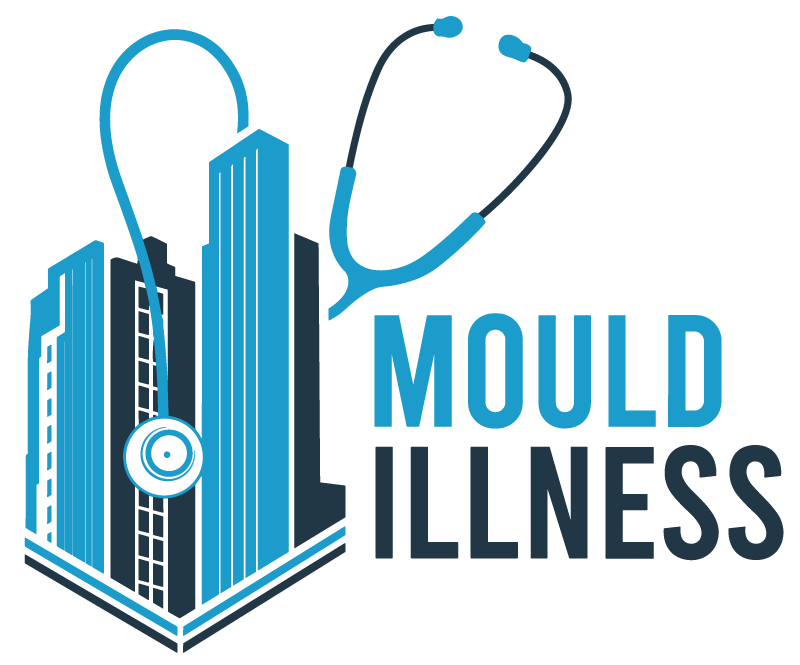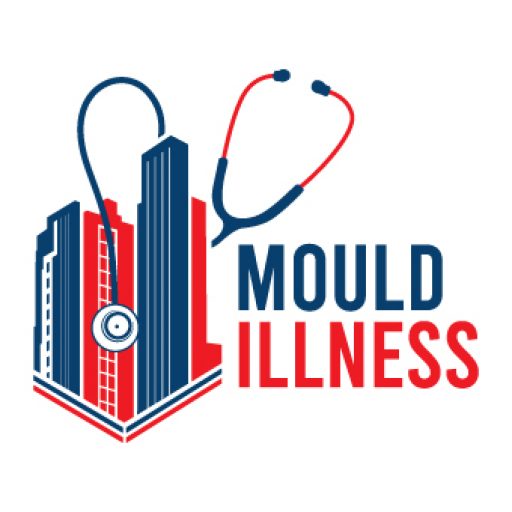This newspaper photo shows the Queens Drive, Thames Water flood
This flood in Queens Drive north London in 2019, affected 400 homes of someone’s grandparents, children, parents, and friends. The flooding overflowed sewers and drains depositing toilet products in people’s homes.
Building Forensics worked with many families with health problems and some, where in 2021, the property still hasn’t been dried or restored and people are sick. Some had to sell their homes because they made them so sick.
The most amazing fact is that both Thames Water and their loss adjusters apparently denied this was a black water flood under the standard IICRC S500 which is accepted by the BDMA and adopted by British Standards.
This informed fact is alarming as the loss adjusters involved with my clients included some of the biggest names in the industry Questgates, Sedgewicks and Crawfords and members of CILA but all, apparently, failed to raise alarm or ensure proper remediation standards were met.
Is it conceivable, that professional loss adjusting companies were all unaware of S500 standard that sewage and black water floods were a health risk to victims? What possible reason could explain the failure to warn victims of potential health hazard?
When we consider how many burst water mains Thames Water have over the years I have yet to see one health risk warning to flood victims or compliance to recognised cleaning and sanitation protocols and they apparently repeated to victims it wasn’t a black water event but was a clean water event.
Once Building Forensics proved the properties were still wet, the nonsense started, and it was now claimed the property was dry but is now re-wet because of a rising water table etc. When I pushed the loss adjusters for drying certificates, I was provided with paperwork which when calculated out, actually proved the properties were still wet at time of handover.
The ABI and CILA published guidance on water damage restoration which included legal obligations of CDM and industry best practice of BSI 12999 but in my opinion which is based on anecdotal evidence, all were apparently ignored by leaders of the industry?
Some victims are in October 2021 are still trying to get their homes back from a flood event in October 2019.
There doesn’t appear to be accountability, does there?

